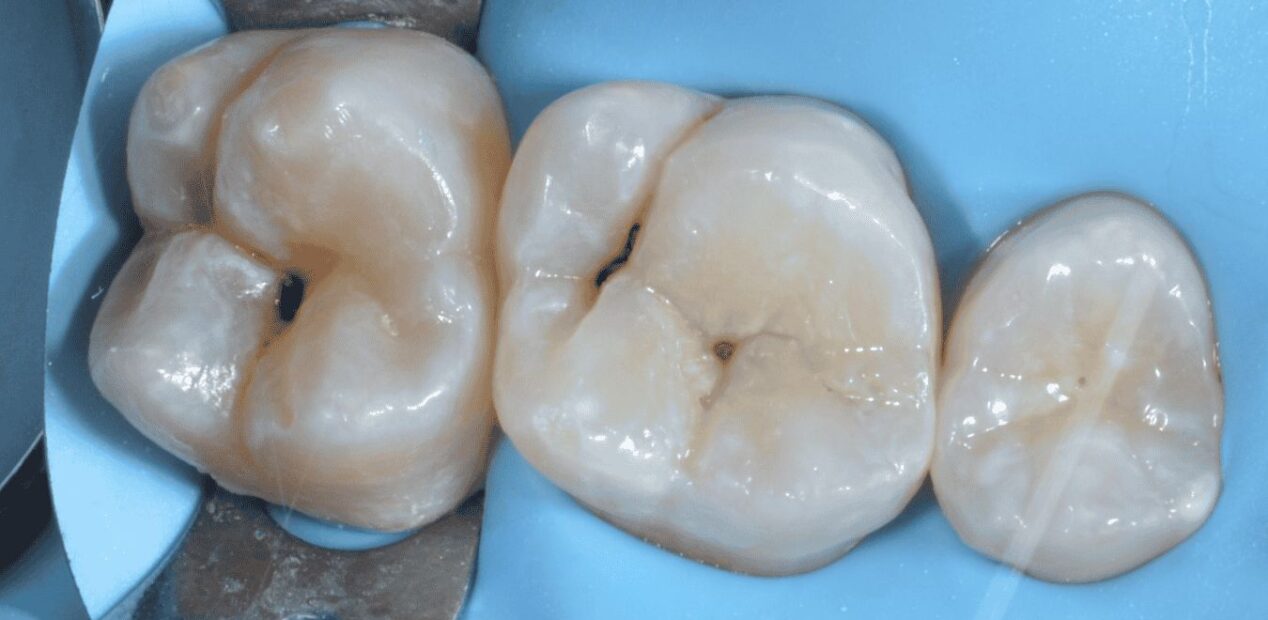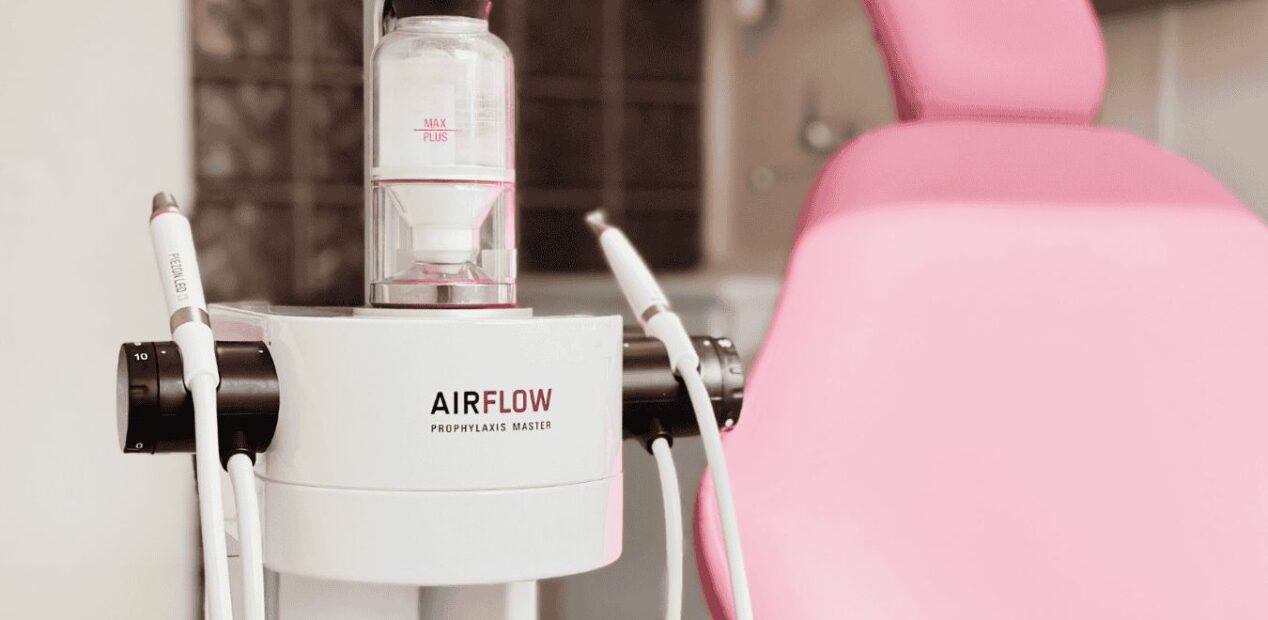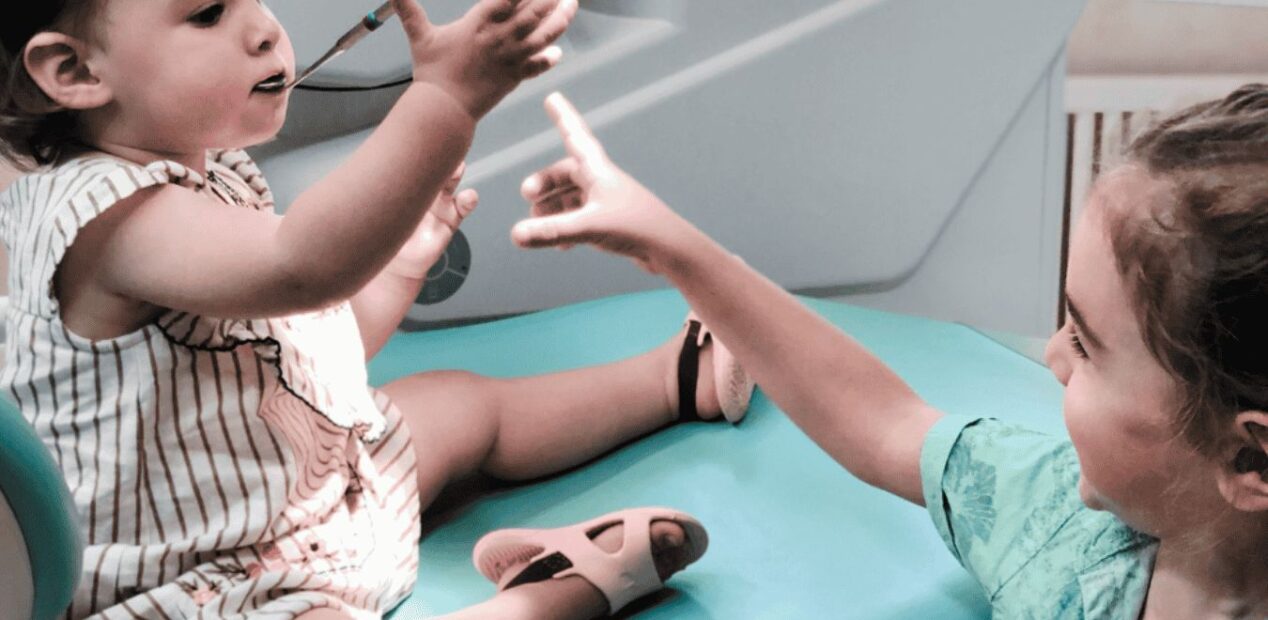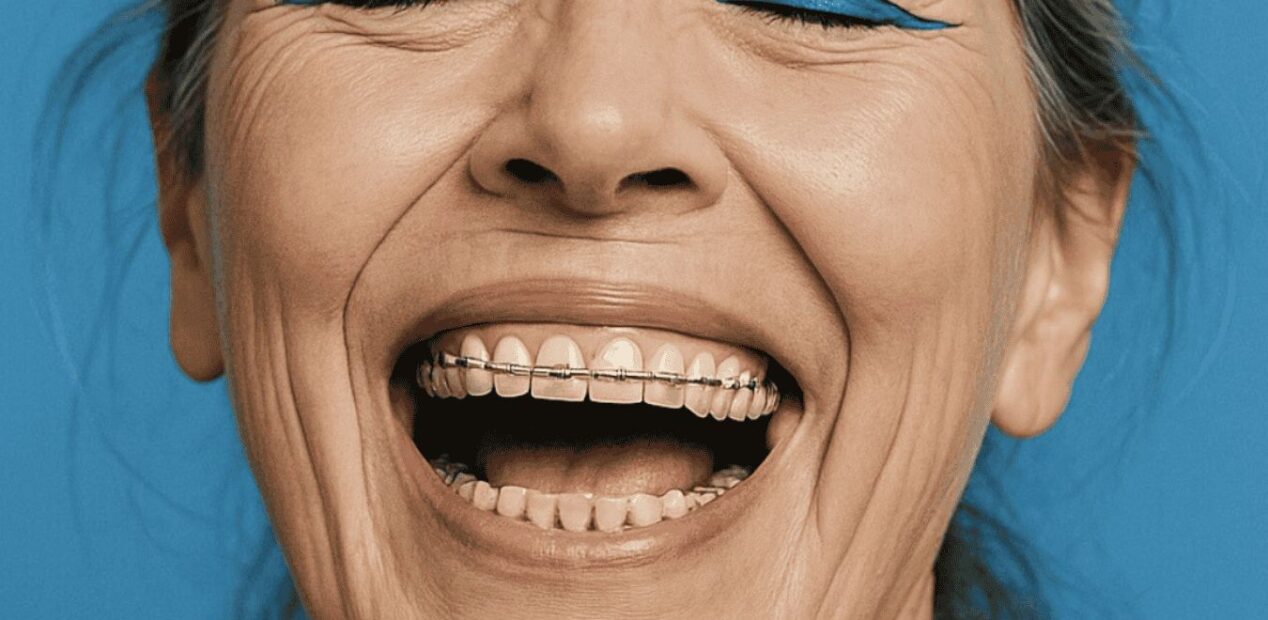The art of creating smiles for the family
Monday - 8am to 7pm
Tuesday - 8am to 6pm
Wednesday - 8am to 7pm
Thursday - 8am to 6pm
Friday - 8am to 6pm
Saturday (by appointment) - 9am to 1pm
Consultation by appointment
The clinic
Welcome to iDental Studio, where dental excellence meets human kindness. Created in the 70s in the heart of Carouge and taken over by our duo 7 years ago, this place has preserved its soul while evolving. Today, iDental Studio is much more than a dental practice: it is a place where your smile is welcomed, listened to and enhanced.


Philosophy of Dr. Puicescu and Dr. Isac
At iDental Studio, dentistry isn’t just about treatment, it is a real family affair, with three principles: prevention, explanation and care, all in a cosy atmosphere.
Between respect for tradition and a passion for innovation, we’ve created a space where everyone feels at home, from the youngest to the most experienced (with fewer cavities, I promise). Our practice is designed as a real living room: a place where you ask questions, where the kids laugh and where you take your time. No stress, no complicated jargon: here, we explain, we listen, we advise.
Our goal? To ensure that everyone leaves with a smile, and one that lasts a long time.

Ethics and rigor guide the way we work and support our patients.
Dental care
At iDental Studio, we accompany every smile with precision, gentleness and care. From the smallest to the most experienced, from simple check-ups to the most technical treatments, we tailor every treatment to your needs thanks to a human approach in a serene, caring atmosphere. Here, high medical standards meet the simplicity of a sincere welcome, so that taking care of your teeth becomes an experience as pleasant as it is essential.

Dental hygiene and prevention
It all starts with prevention! A little thing like scaling once a year can change everything. At iDental Studio, we pamper your teeth with professional hygiene care and personalised advice. Our aim? To keep your smile bright, healthy and free of nasty surprises!

Conservative care
Conservative care is the protective team for your teeth! Decay, cracks, wear or the need for root canal treatment? We repair them with aesthetic fillings or ceramic restorations, to keep your teeth strong, healthy and smiling for as long as possible.

Pediatric dentistry
Pediatric dentistry is a world of smiles! The emphasis is on gentleness, prevention and trust, so that every child has a positive experience. Games, colours and kindness: everything is there to make going to the dentist almost a fun adventure!

Restorative dentistry
Restorative dentistry is the art of giving damaged teeth a new lease of life. Fissures, fractures, deep decay, wear? It’s all rebuilt with ceramic, made to measure and with great finesse. The aim? A strong, attractive, functional tooth and a smile that betrays nothing but your zest for life.

Gum care
Gum treatments are a bit like giving your teeth a spa treatment! If your gums are bleeding, sensitive or if your breath is a joke… it’s time to take action. At iDental Studio, we deep clean, pamper and restore the health of your gums. The result? More stable teeth, a fresher mouth and a peaceful smile!

Dental surgery
Dental surgery covers all procedures aimed at treating, preserving or restoring oral health when conventional treatments are no longer sufficient. This can range from tooth extraction and gum surgery to implant placement. Always carried out under local anaesthetic, each operation is designed to be as gentle, precise and safe as possible, to preserve your comfort and your smile.

Aesthetic dental treatment
Aesthetic dental care is there to reveal all the natural beauty of your smile. Depending on your needs, we offer ceramic veneers to correct the shape and colour of your teeth, teeth whitening to revive their radiance, and orthodontic treatments to align your smile harmoniously. Each solution is personalised to give you a natural, long-lasting result that reflects your personality.
Orthodontic care
Orthodontic treatment is much more than a question of aesthetics! At any age, realigning your teeth protects your oral health, improves chewing and relieves pressure on your joints. We turn orthodontics into a real investment in your comfort and your smile today and for years to come. From braces to clear aligners, every treatment is personalized.

Adult orthodontics
An aligned smile, improved health thanks to braces or Invisalign. Orthodontics is not just a question of aesthetics, it is a genuine act of oral health, confirmed by numerous scientific studies which show that correct alignment of the teeth significantly improves chewing function, reduces the risk of cavities and periodontal disease, and helps to maintain a harmonious balance in your jaws. Aligning your smile, at any age, is above all a genuine act of health.

Children orthodontics
Orthodontics for children is a bit like a GPS for smile growth: you take the right directions right from the start! From the age of 6-7, we can intervene gently with removable or fixed braces to correct anything that goes wrong, before things get more complicated. Caring support to guide teeth and confidence, from an early age!
Dental emergencies
We take dental emergencies seriously, even when it’s a Sunday evening in your mouth. Sharp pain, a broken tooth, swollen gums or an accident? Our team is here to help you quickly, because dental emergencies don’t wait. We give special attention to every situation, whether you’re an adult, a child or just unlucky.
If you can’t find a convenient time online, call us directly: we’ll do our utmost to see you the same day, at least to ease the pain.
Meet the team
Our team is internationally and locally trained. Whether you need an initial check-up, orthodontic follow-up or a complete smile makeover, you’ll be welcomed by a committed, warm and trustworthy team.
Your smile deserves excellence – we treat it with the same care as if it were our own.

Ioana Puicescu
Dentist Orthodontics Doctor
Orthodontics with style and heart.
Ioana is the gentle energy behind iDental Studio’s most beautiful aligned smiles. Graduating in dentistry in 2013, she practiced as a general dentist before turning to her true calling: orthodontics, to which she has been fully dedicated since 2016.
This experience has enabled her to develop a comprehensive and valuable vision of her profession, which she now puts to good use in treatment. Always on the lookout for the most effective and comfortable methods, she masters both braces and Invisalign aligners. And when it comes to treating children, her gentle touch works wonders (but adults love her just as much).
Ioana also has a touch of style, an eye for detail and a natural elegance that’s reflected throughout the practice.

Octavian Isac
Doctor Dentist
Smiles are my playground.
It all began in 2013, diploma in hand, and an obsession: understanding what makes a truly beautiful smile. After sharpening my tools (and my curiosity) in various dental practices in France, I set off to train in aesthetic dentistry in Geneva, Prague and Portofino, then in implantology, between Strasbourg and Bern.
But it was in Carouge that it all made sense: with my wife, we created iDental Studio, a place where medical rigor meets human warmth. It’s a place where medical rigor meets human warmth. A practice designed like a dream treatment center: professional, caring and focused on sincere support.
And when I’m not sculpting smiles? I’m tracking down the perfect swing on the greens. Because when it comes down to it, dentistry or golf, it’s all about precision and passion.

Natalie
Dental Hygienist & Prevention Expert
Since 2018, Natalie has been part of the iDental Studio adventure, and we couldn’t dream of a better ally to take care of your smiles! Passionate, diligent and always a good listener, she has a gift for putting patients at ease while keeping an ultra-precise eye on every detail.
She loves it when things are done right, and you can feel it! Deep cleaning, customized advice, top-notch prevention. With her, your teeth are in very good hands. And as an added bonus, she explains everything clearly (in French, Italian or English), because understanding is already caring.

Laurie
Prophylaxis assistant & oral hygiene specialist
Laurie arrived in 2021 and quickly won over the whole team and, above all, our patients! With her modern eye, fresh ideas and eye for detail, she’s brought a real touch of freshness to the practice, and it shows in the smiles.
She’s gentle, attentive and, above all, great with children, but the grown-ups aren’t left out either. Laurie’s reassuring, dynamic presence transforms every session into a moment of well-being, even for a scaling!

Brigitte
Dental Assistant
Brigitte joined iDental Studio in 2024, just after her training… and found her place in the blink of an eye!
Curious, funny and always up for new things, she brings a great deal of energy to the practice. You can tell she loves her job, and you can feel it: with her, treatments are carried out in good spirits, without ever forgetting the seriousness of the gesture.

Indira
Dental Assistant
Indira joined the iDental Studio team in 2020, and ever since, she’s been looking after our patients with seriousness but never without a smile.
Gentle, attentive and always ready to reassure, she has that little something that puts everyone at ease, even in the treatment room. Some say she’s a mind reader, especially when it’s time to hand over a tissue or crack a joke!

Mélody
Dental Assistant
Mélody joined iDental Studio in 2024, with a wealth of experience and a lot of heart.
Always a good listener, she knows just where to be, when to be. During anesthesia, her warm hand on the shoulder reassures many a patient, and yes, everyone loves that! Gentle, attentive and caring, she perfectly embodies the spirit of the practice.
The iDental Studio blog: everything you need to know for a beautiful smile
Explore our specialties, our simple and useful tips, and our latest news. No complicated jargon, just clear information explained by professionals who love their work (and beautiful smiles).

Conservative dental treatments
Cavity, crack, wear, or need a root treatment? We restore your tooth using aesthetic fillings or ceramic restorations, to keep it strong, healthy, and smiling for as long as possible. 1. Cavity treatment When a cavity starts to damage a tooth, it creates a small hole. Our job is to clean it thoroughly, remove any […]

Dental hygiene and prevention
Regular, personalized sessions to prevent cavities, tartar buildup, and gum disease — and to help you maintain a healthy smile for life. 1. Scaling and polishing The importance of small habits — like regular check-ups and having your teeth professionally cleaned at least once a year — should never be underestimated. We offer personalized advice, […]

Pediatric dentistry
Pediatric dentistry is a world of smiles! We focus on gentleness, prevention and trust, so that every child has a positive experience. Games, colors and kindness: everything is there to make going to the dentist almost a fun adventure! 1. The importance of oral hygiene in children We believe that prevention starts with the very […]

Children orthodontics
Follow-up care from age 6-7 to guide jaw growth and gently correct the first imbalances, with a caring, tailored approach. 1. Orthodontic interception treatment for children Orthodontic interception treatments guide jaw growth and correct functional balance from the age of 6-7. Mouth breathing, thumb sucking, speech difficulties or narrow jaws are signs to look out […]

Adult orthodontics
Modern, discreet treatments to realign teeth at any age, improve occlusion and restore confidence in your everyday smile. 1. Invisible orthodontics for adults Orthodontic aligners are more than just a trend: they’re a reliable, scientifically-validated solution that has already transformed the smiles of millions of patients worldwide. With clear aligners, we can realign your teeth […]

Restorative dentistry
Reconstruction of damaged or missing teeth with aesthetic, reliable and long-lasting solutions for a functional, natural smile. 1. Chairside dentistry Chairside CAD-CAM dentistry is like printing your new tooth while you’re having a coffee! At iDental Studio, we use digital technology to design and fabricate crowns or restorations on site in just one visit. Fast, […]
Contact us
Got a question? We are here to help. We will get back to you quickly, with clear answers tailored to your situation.
